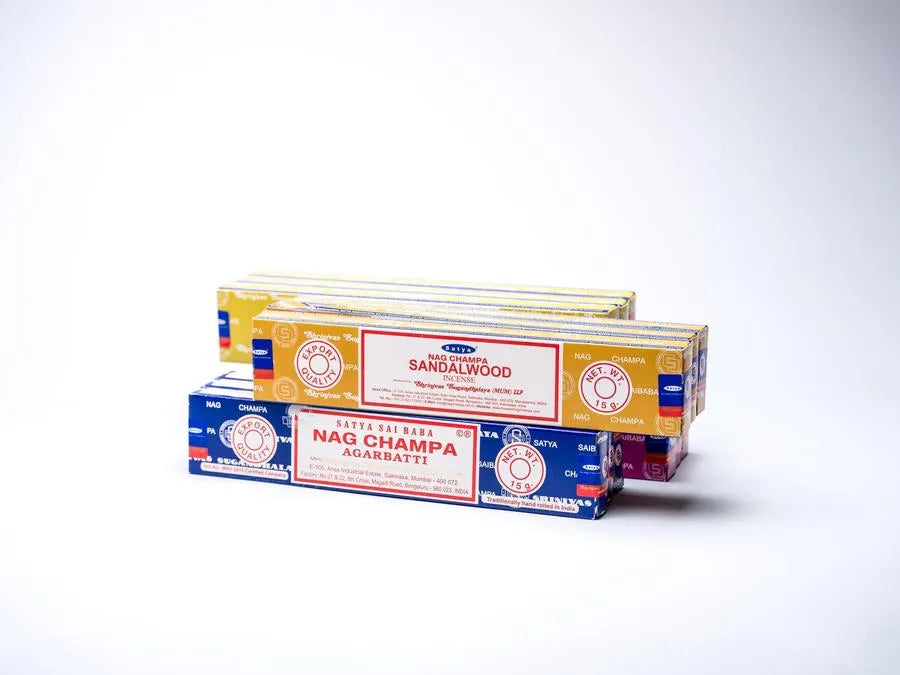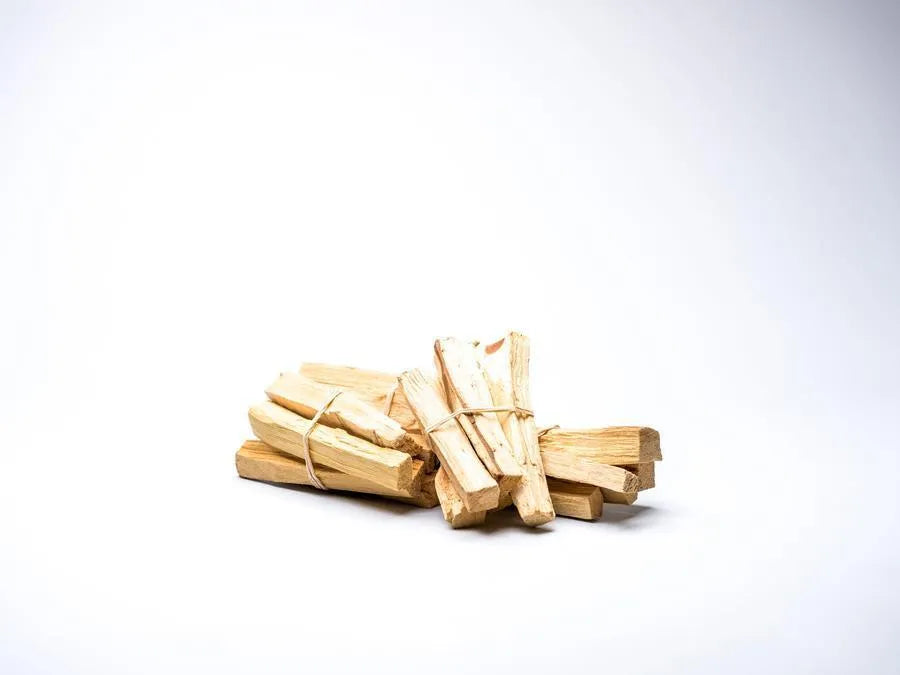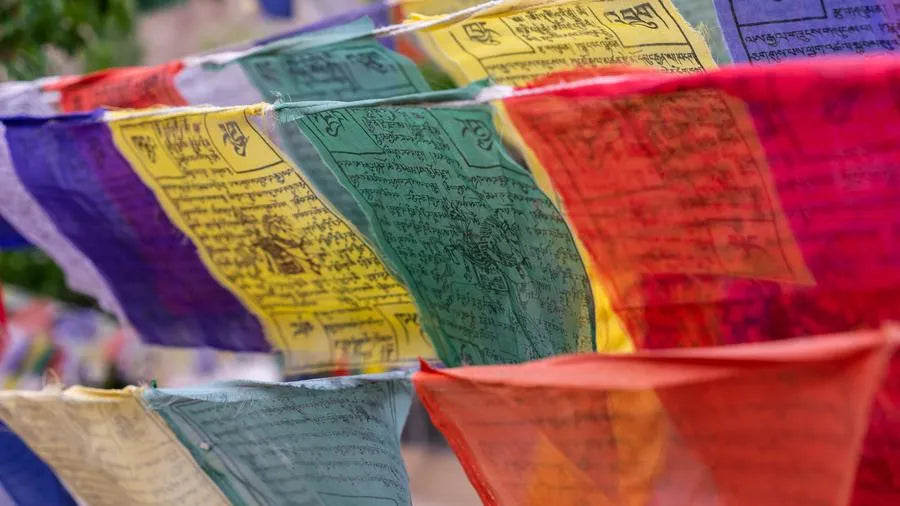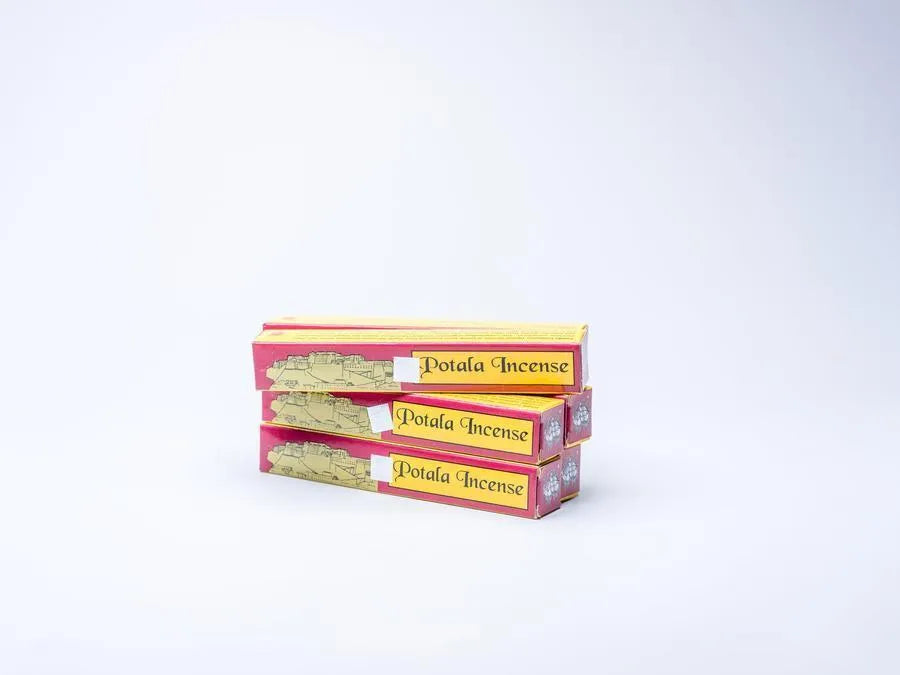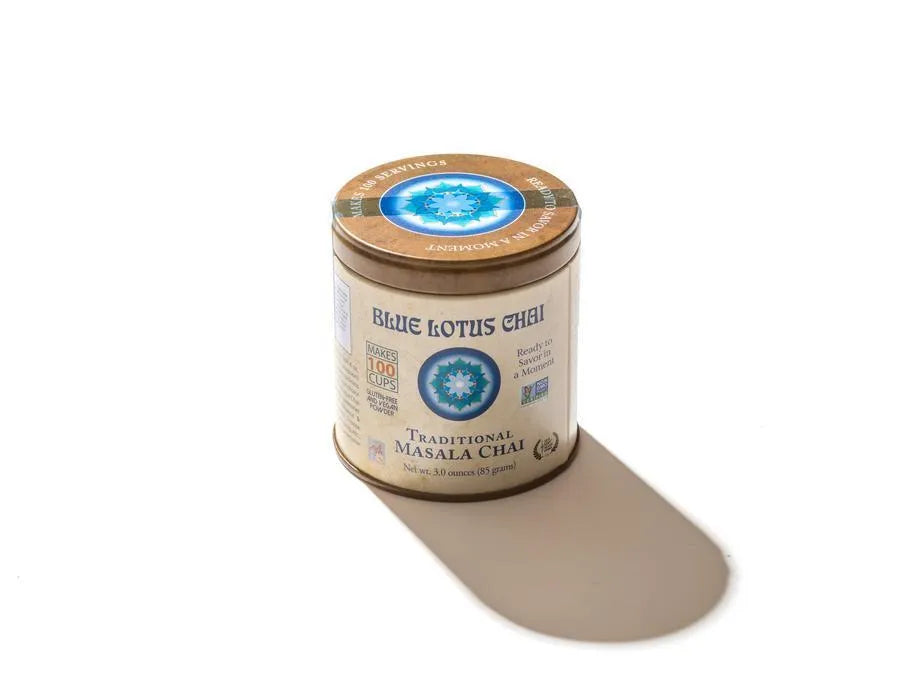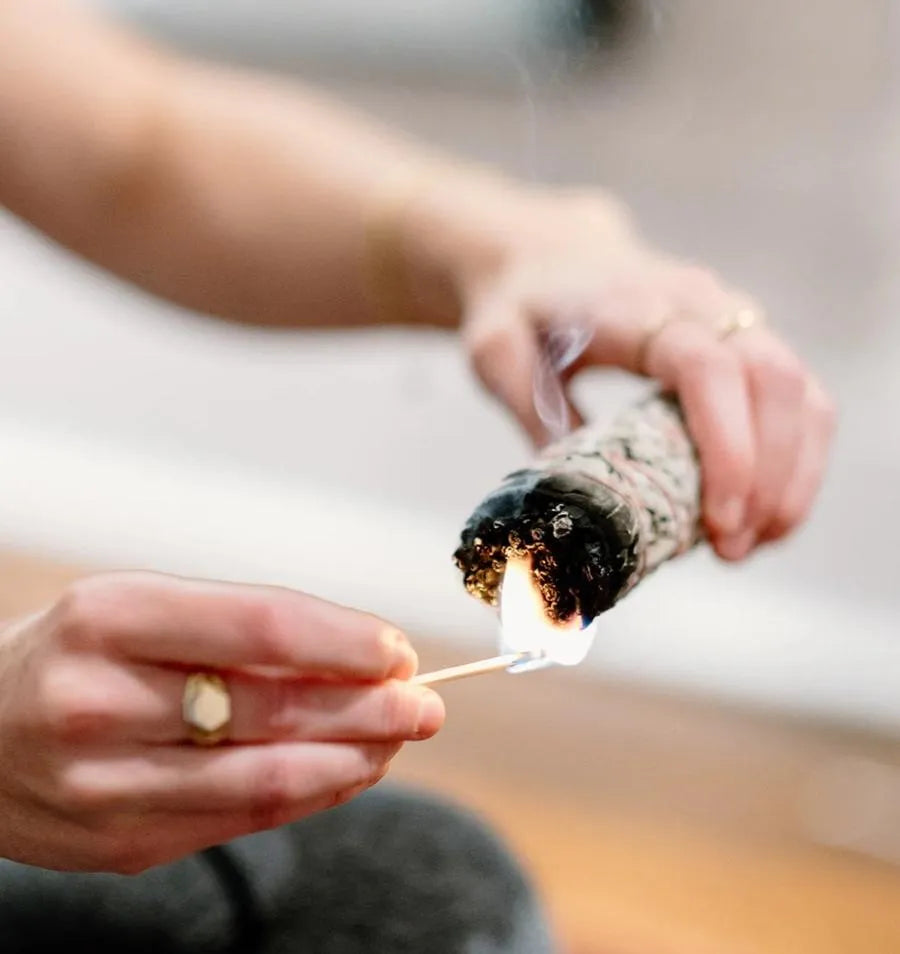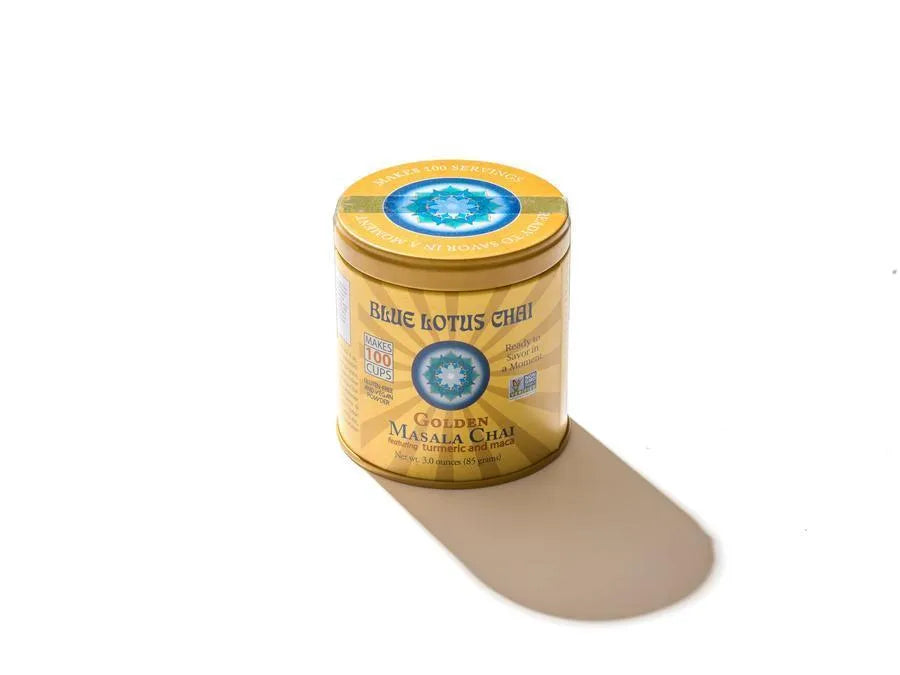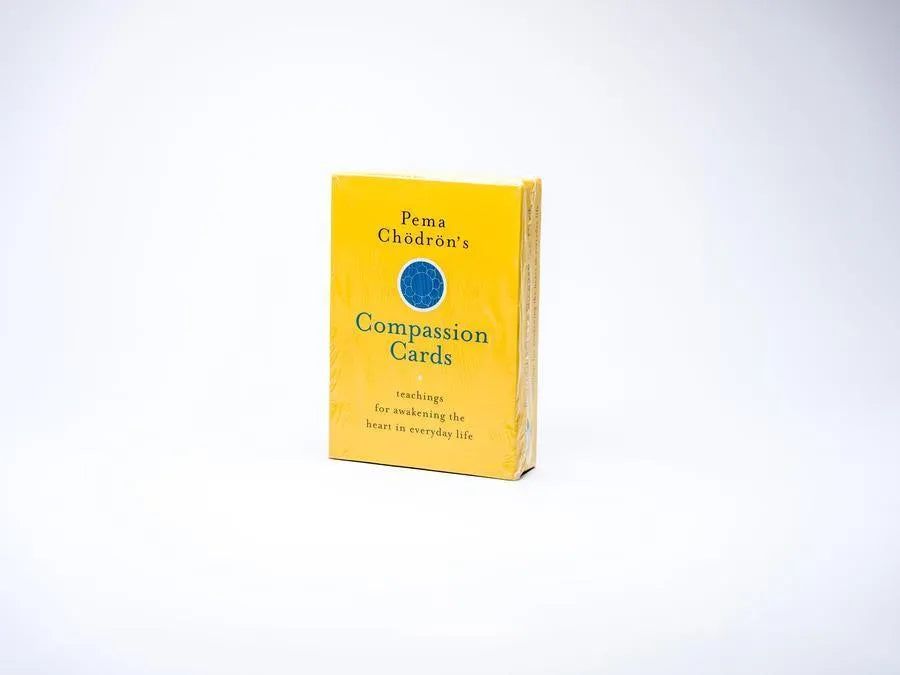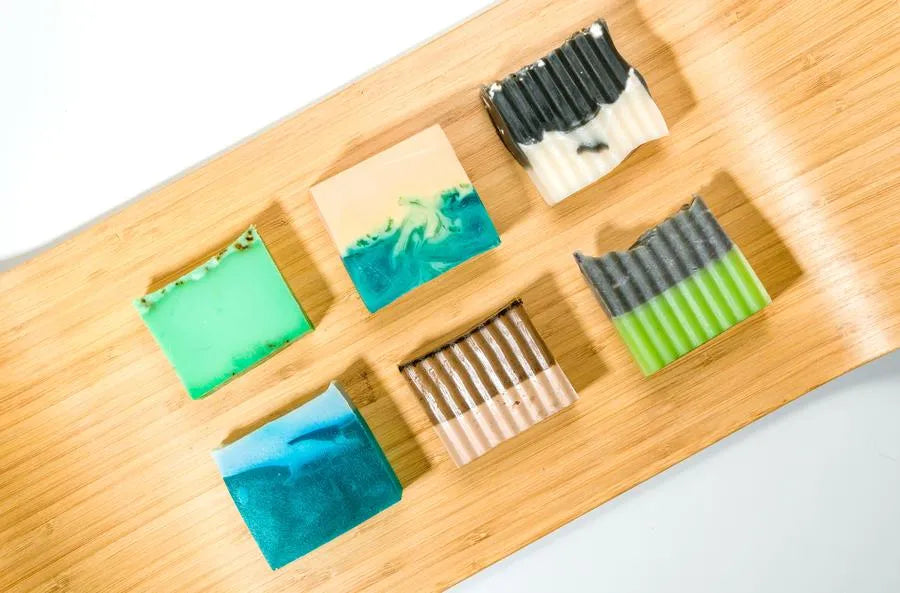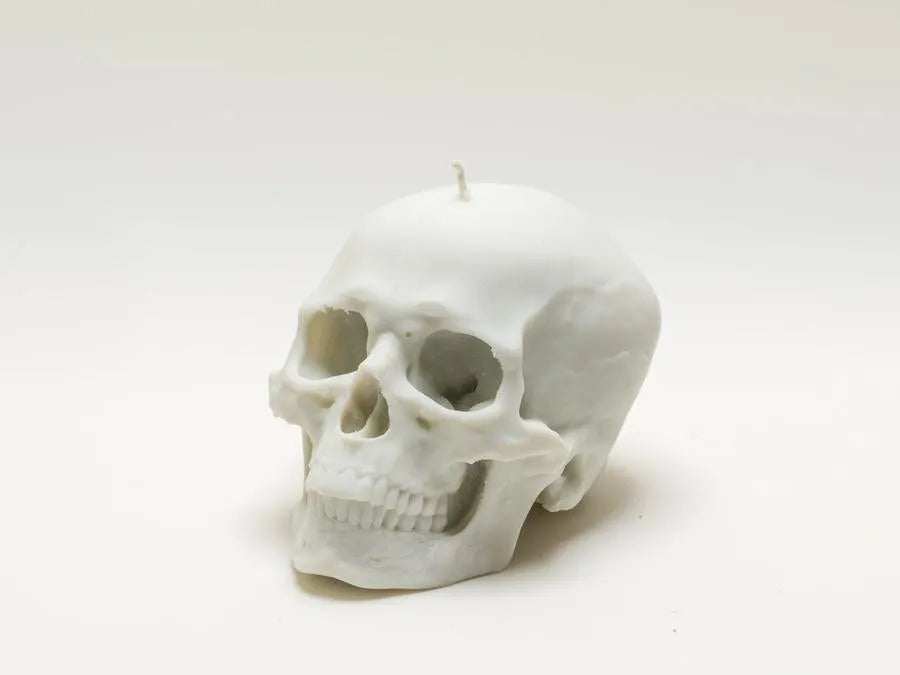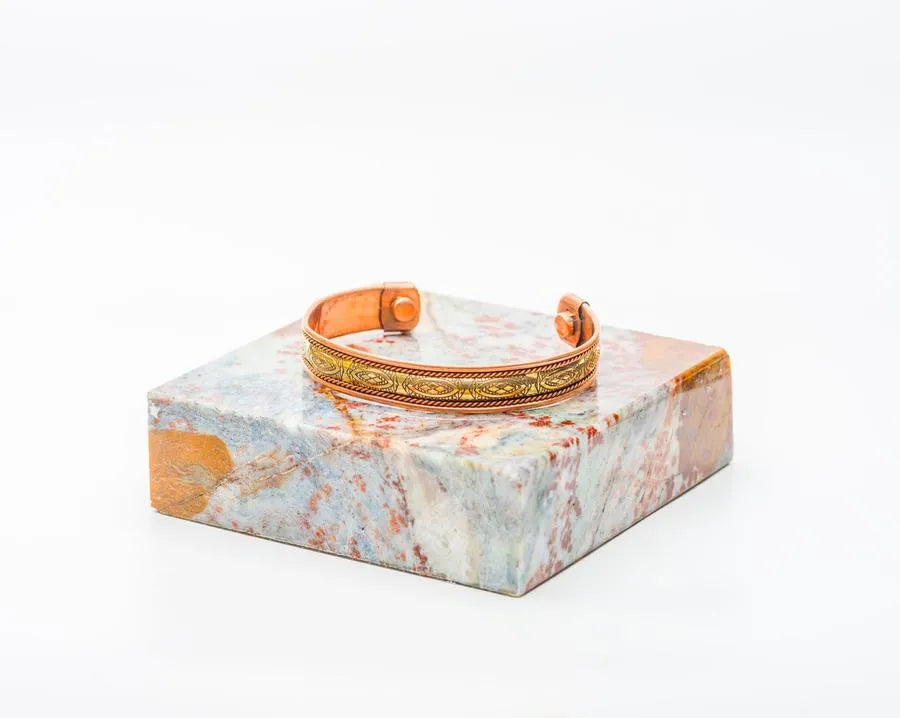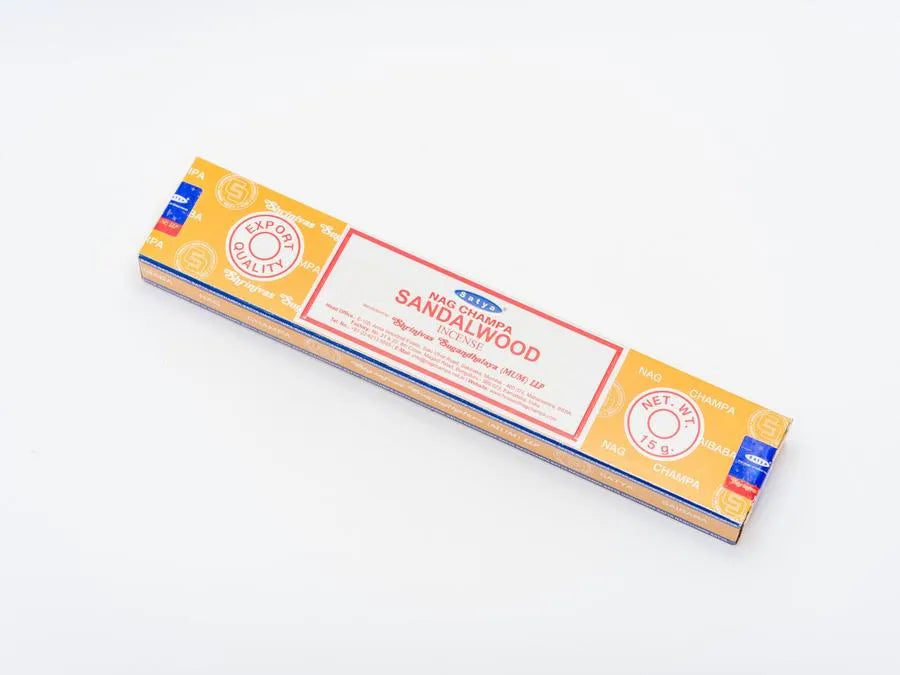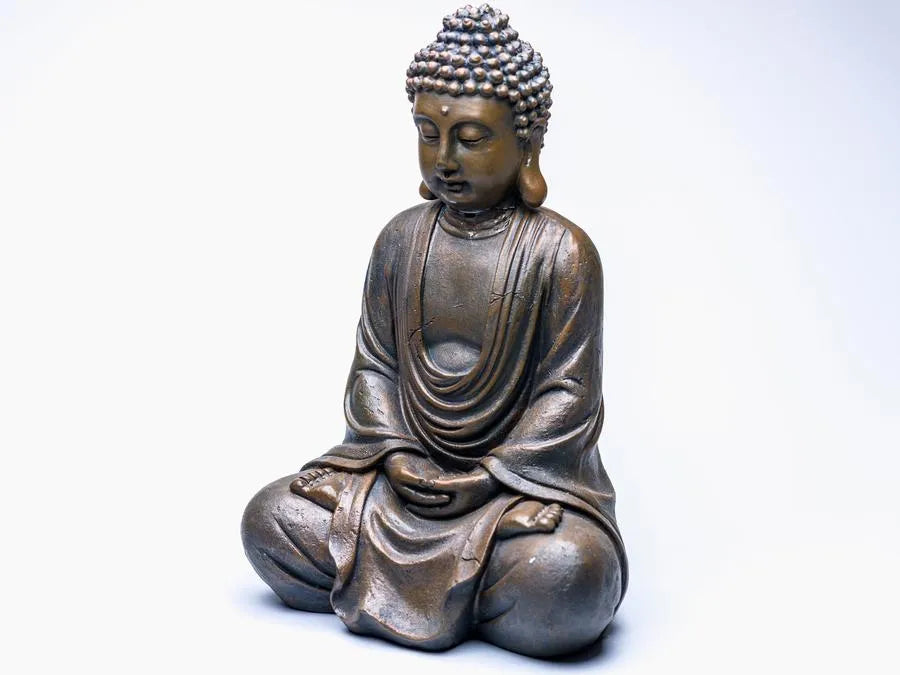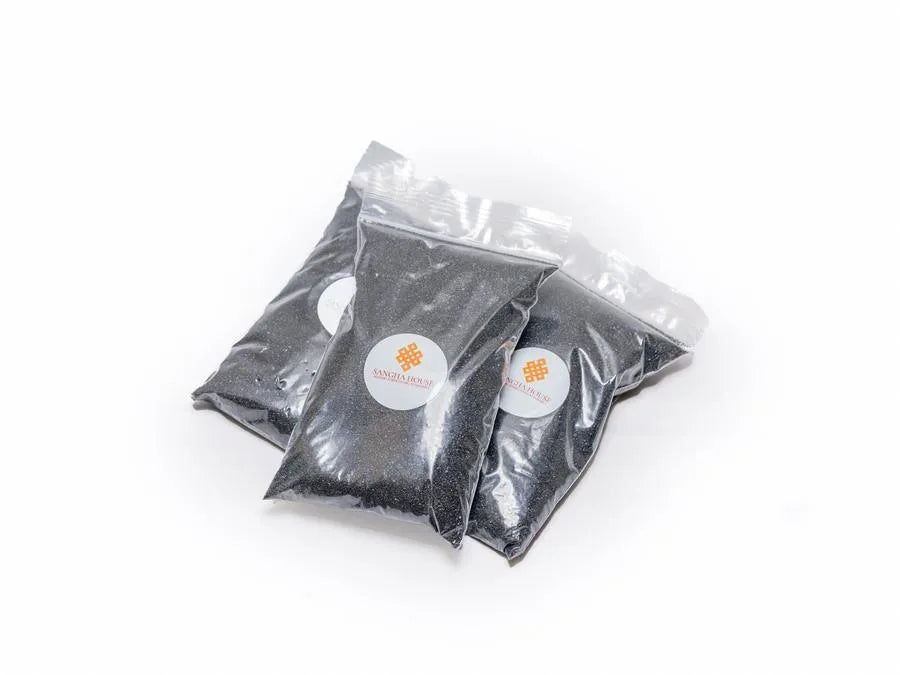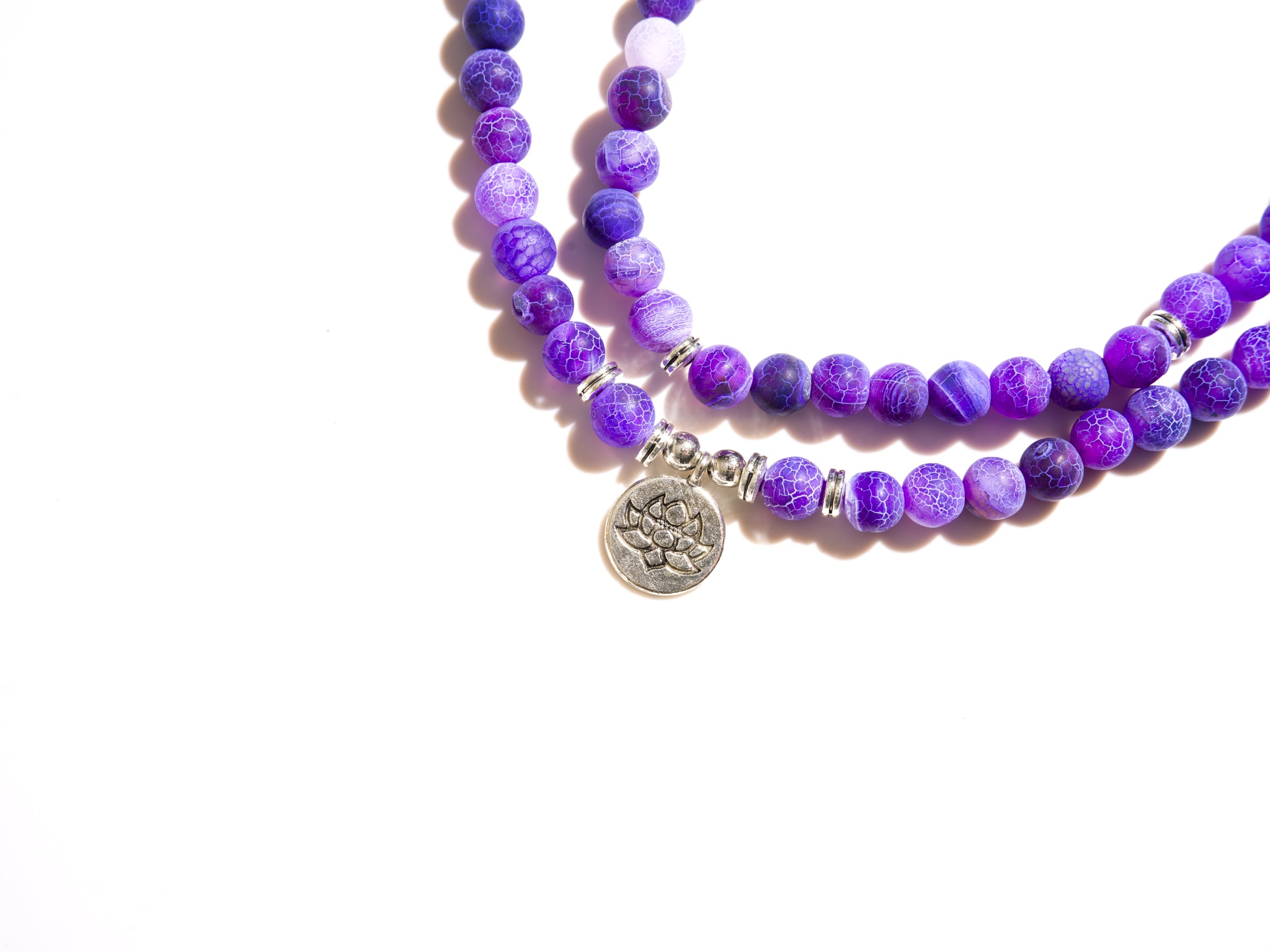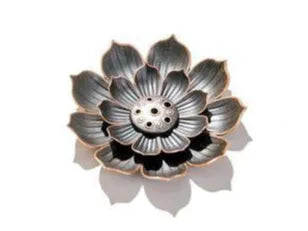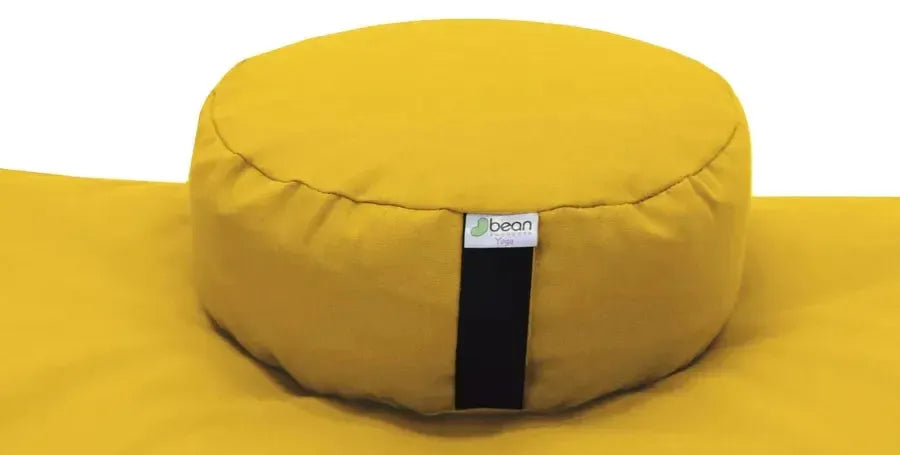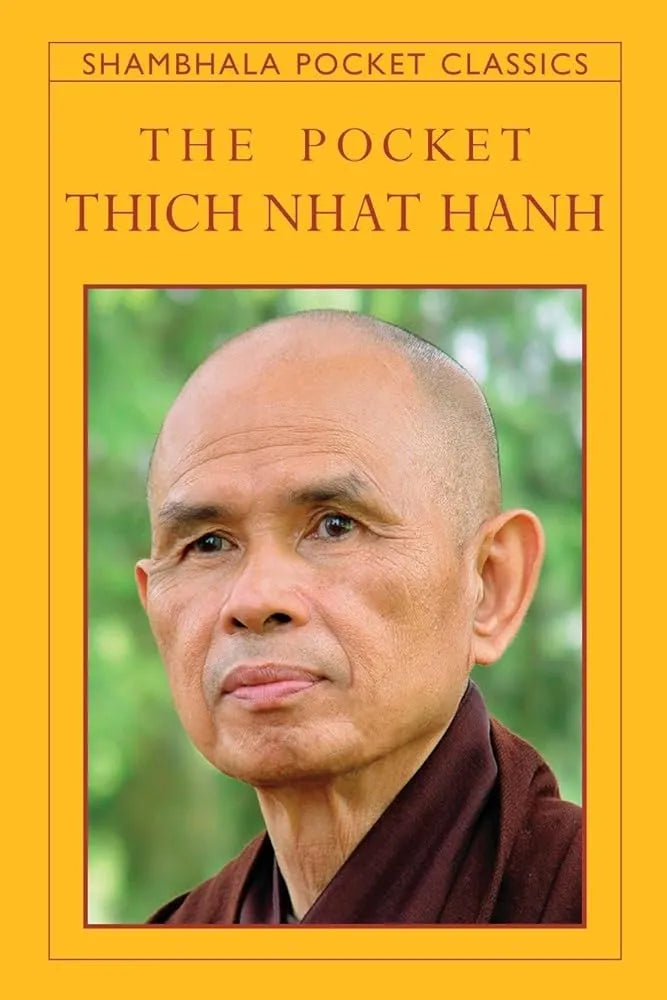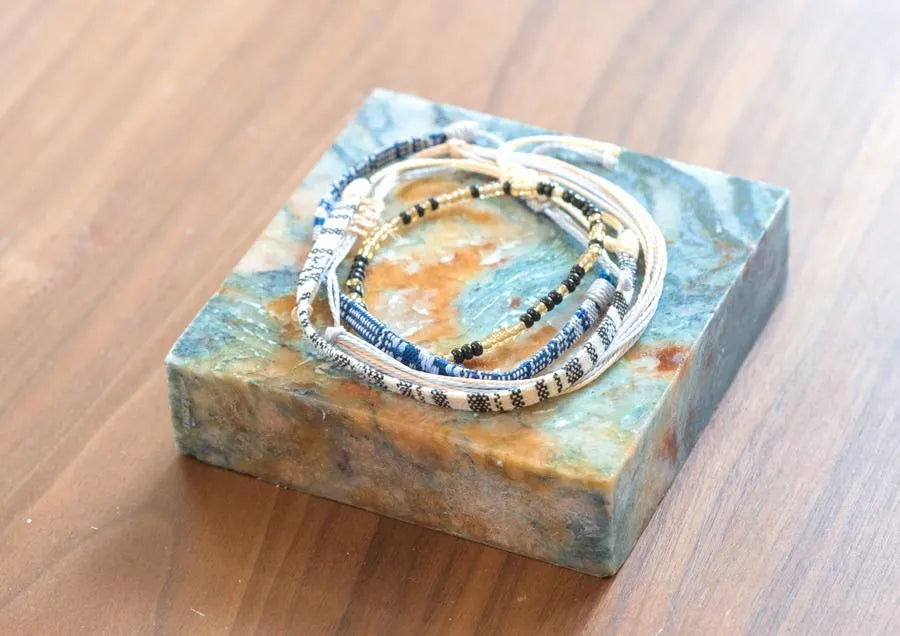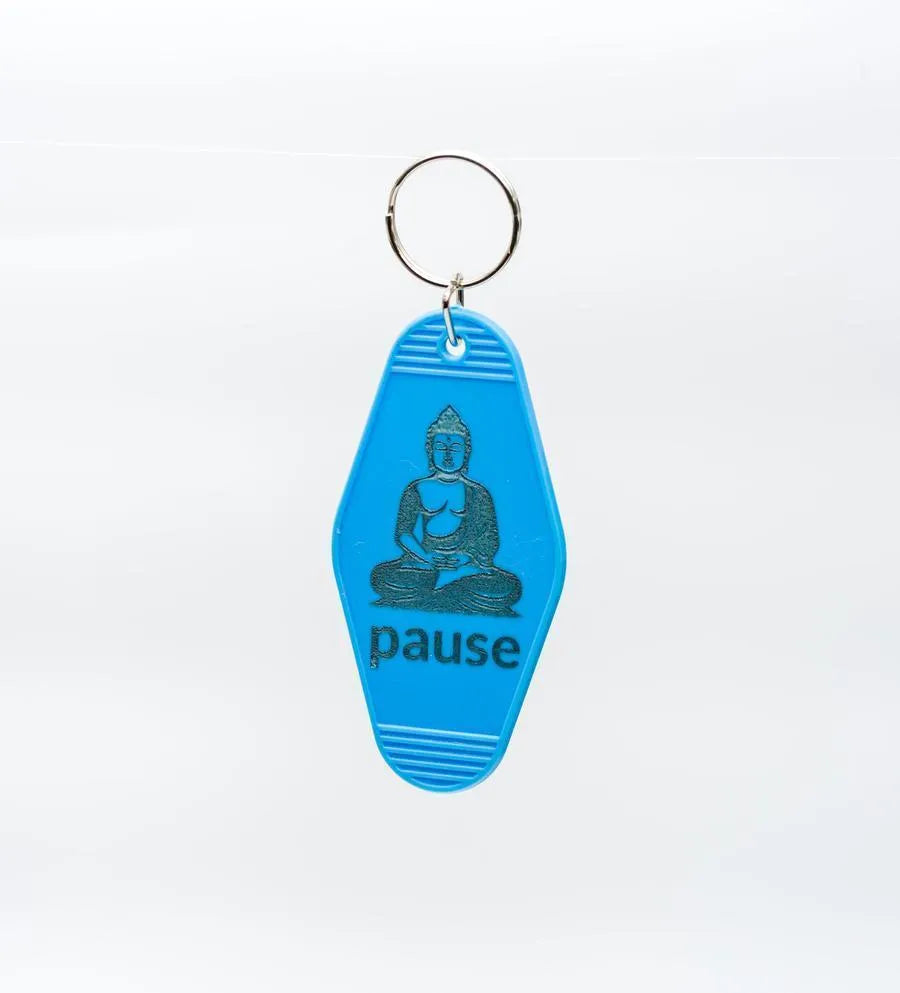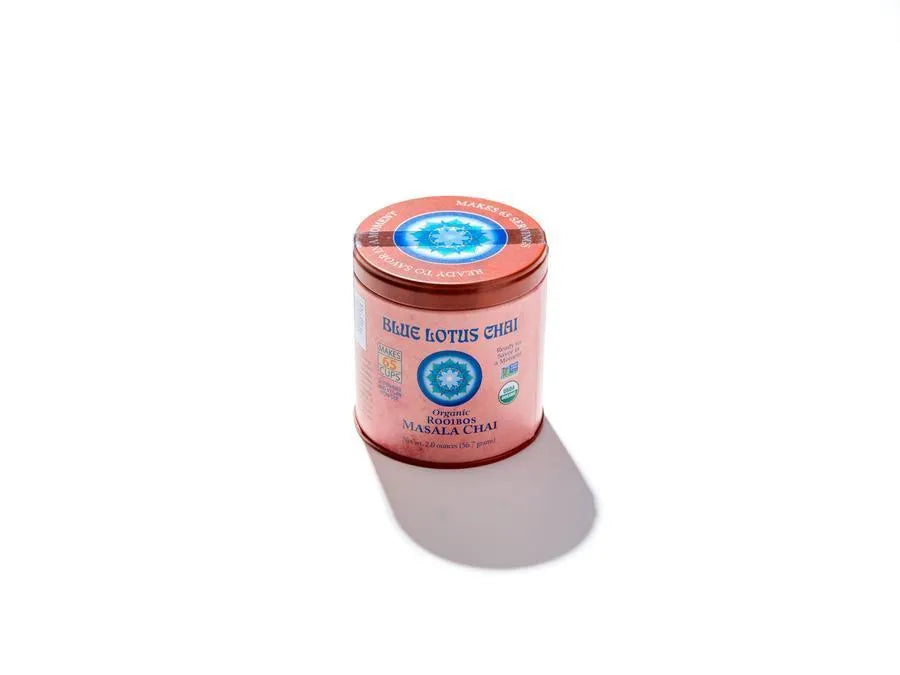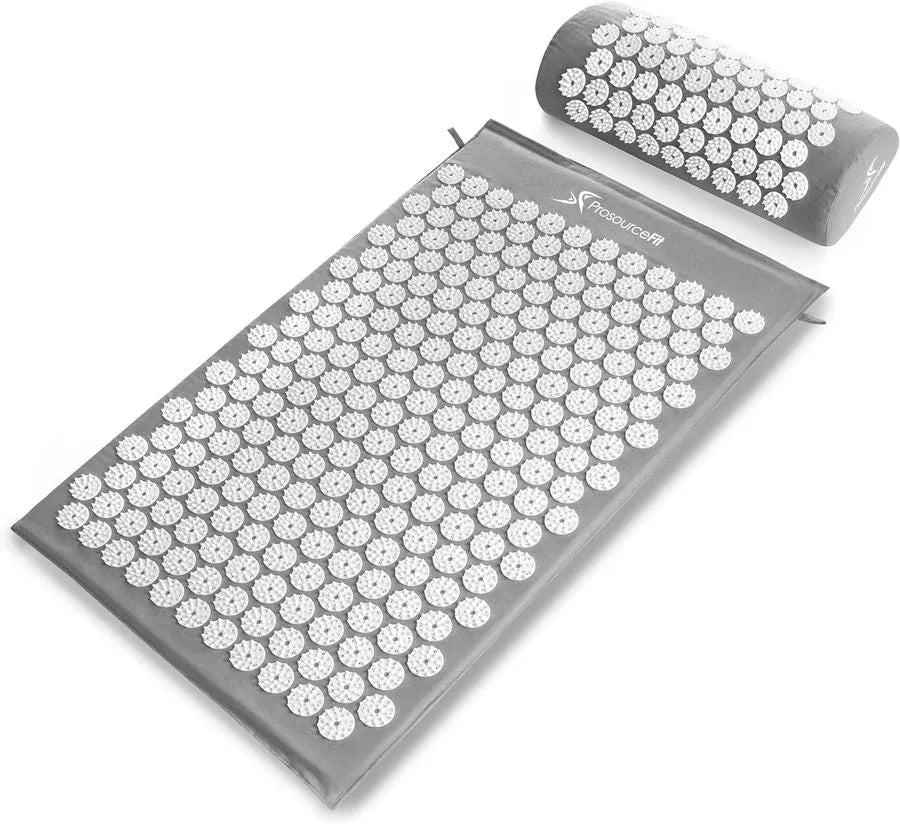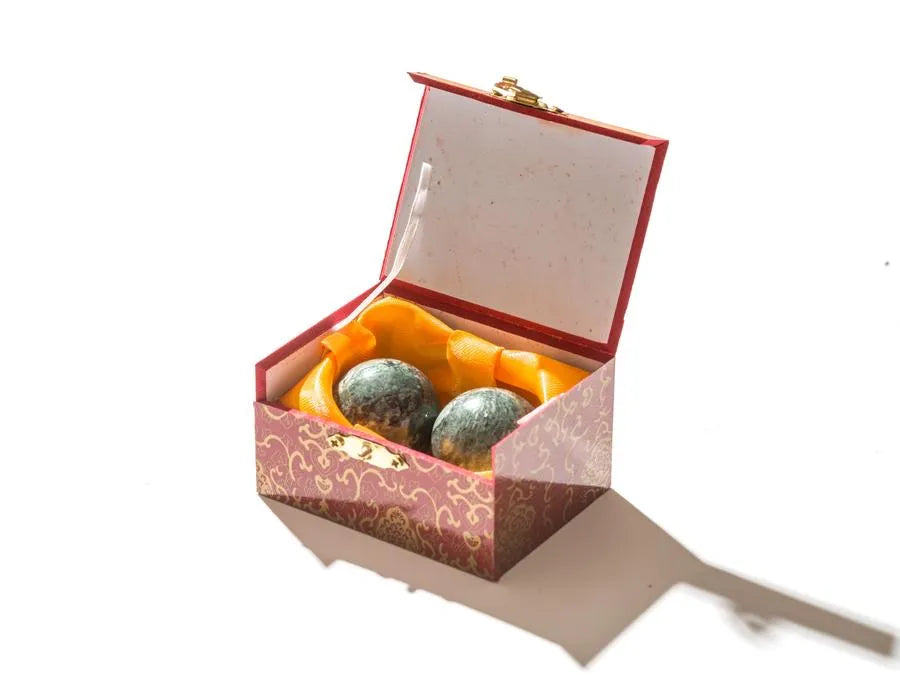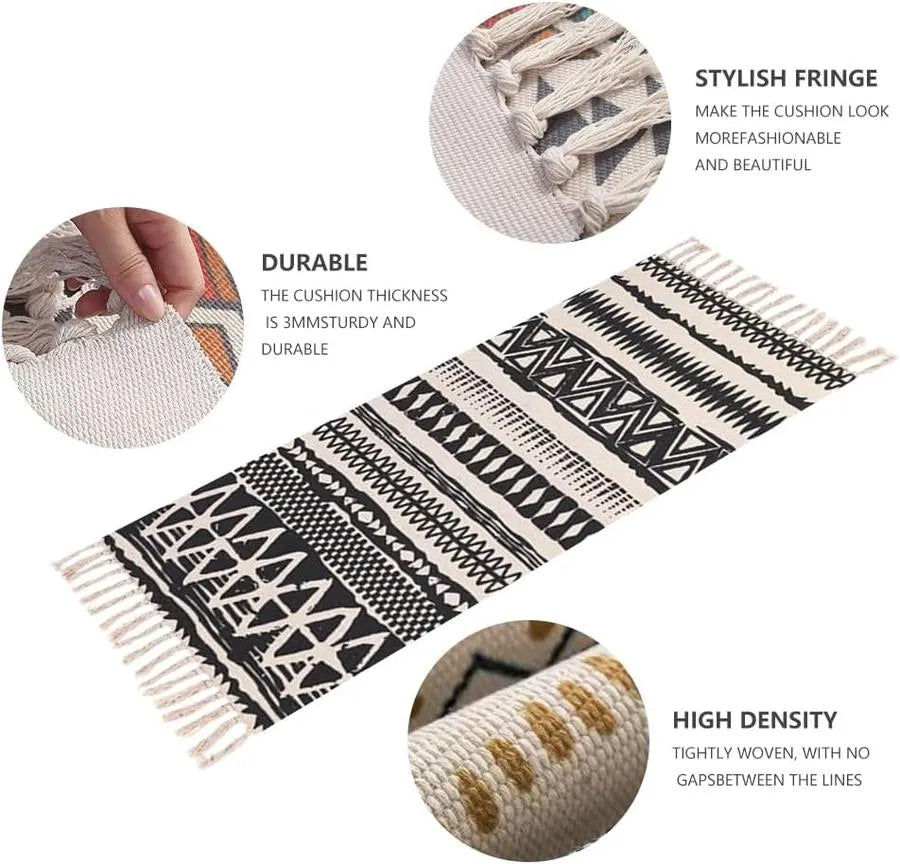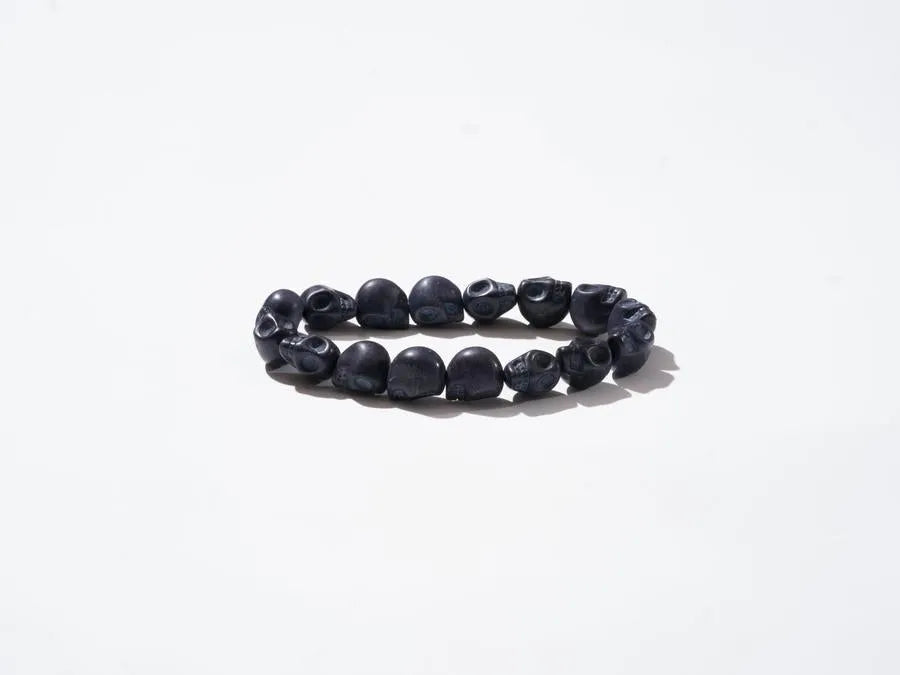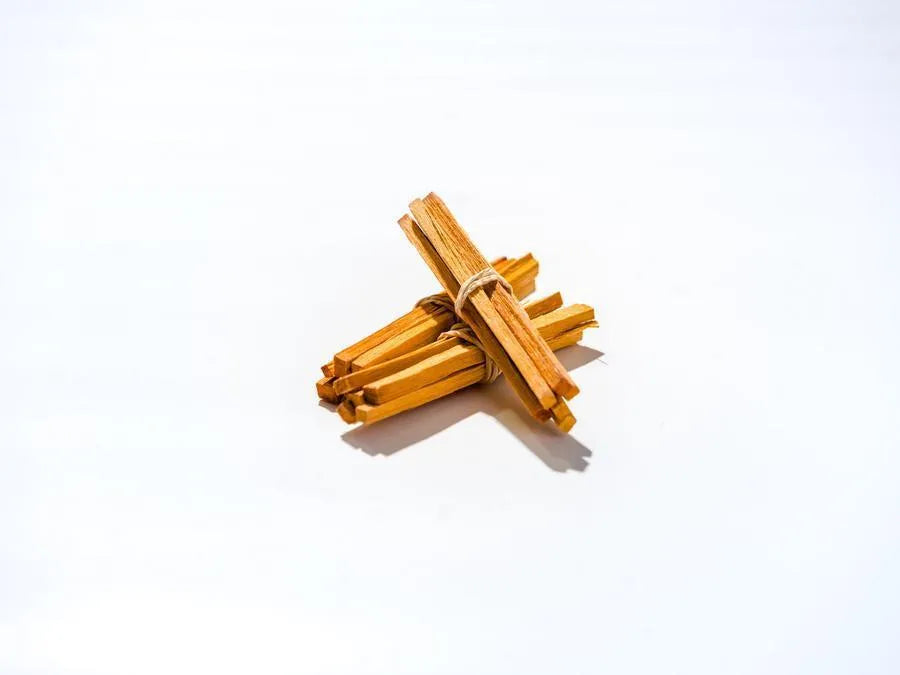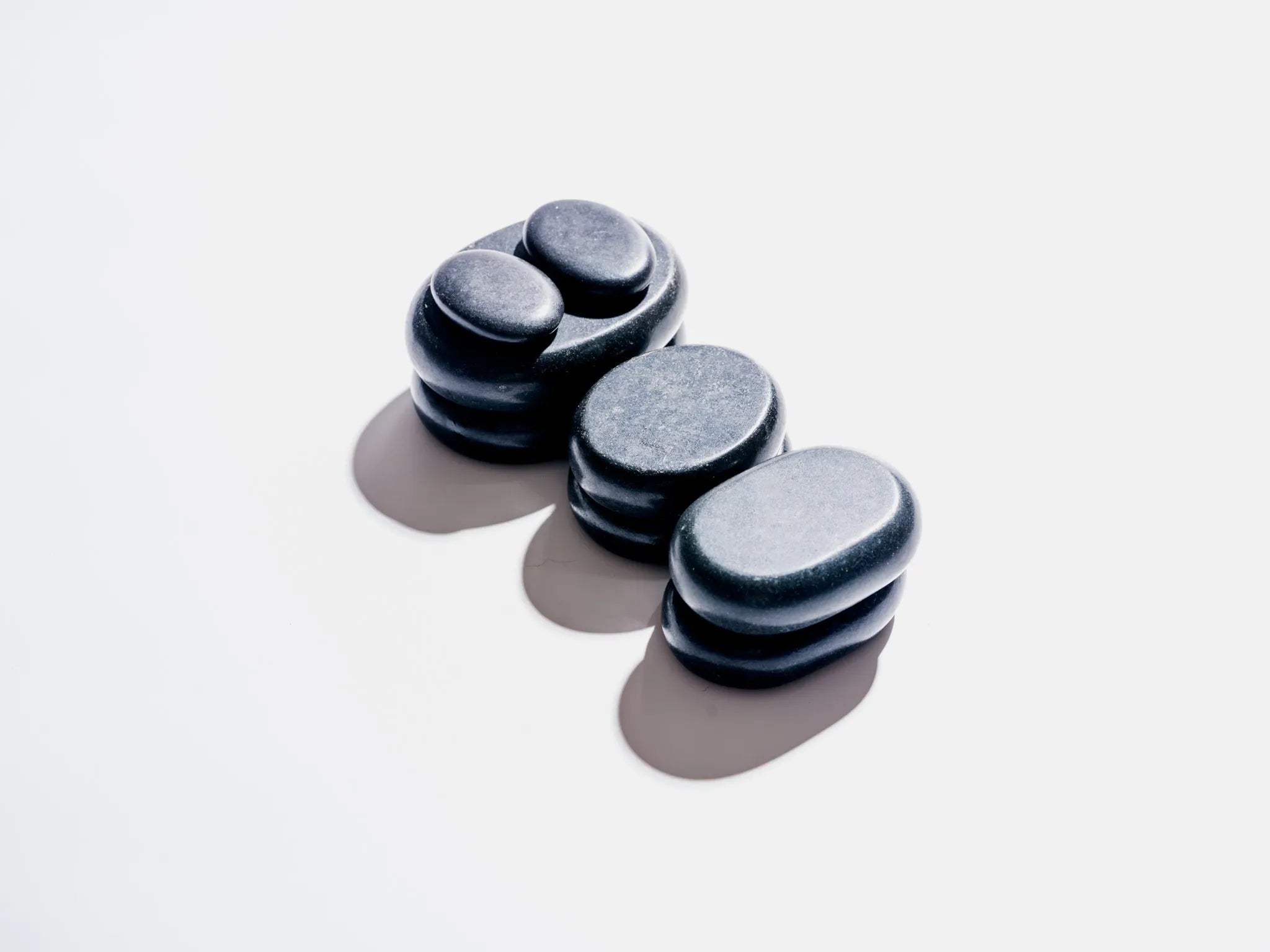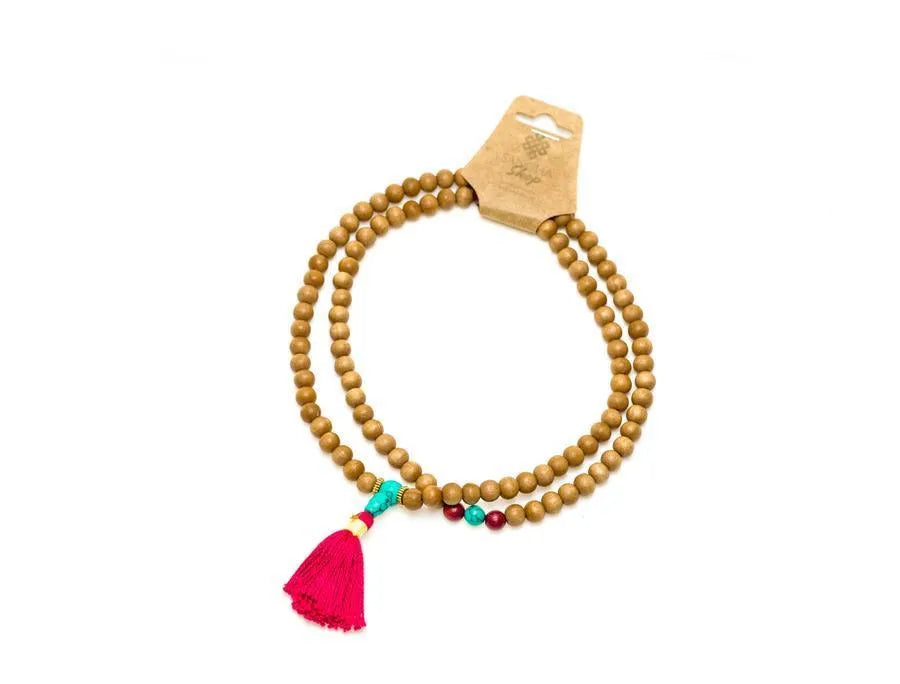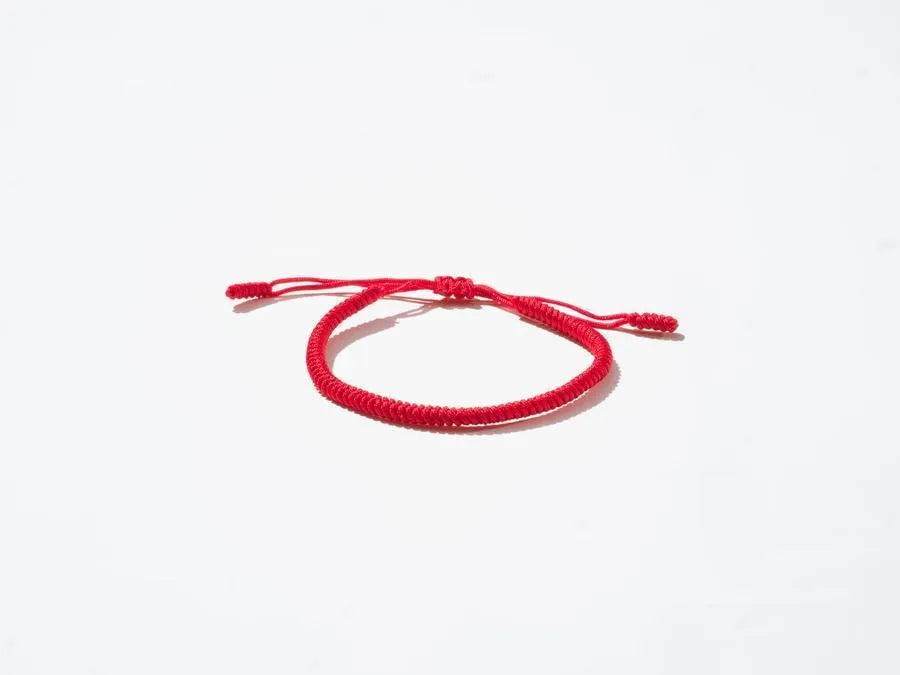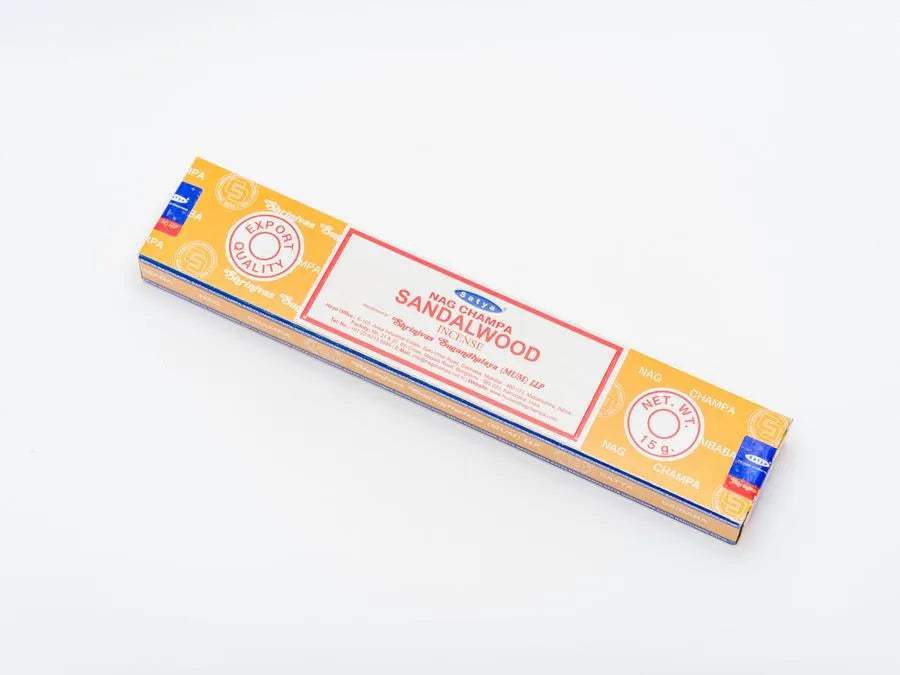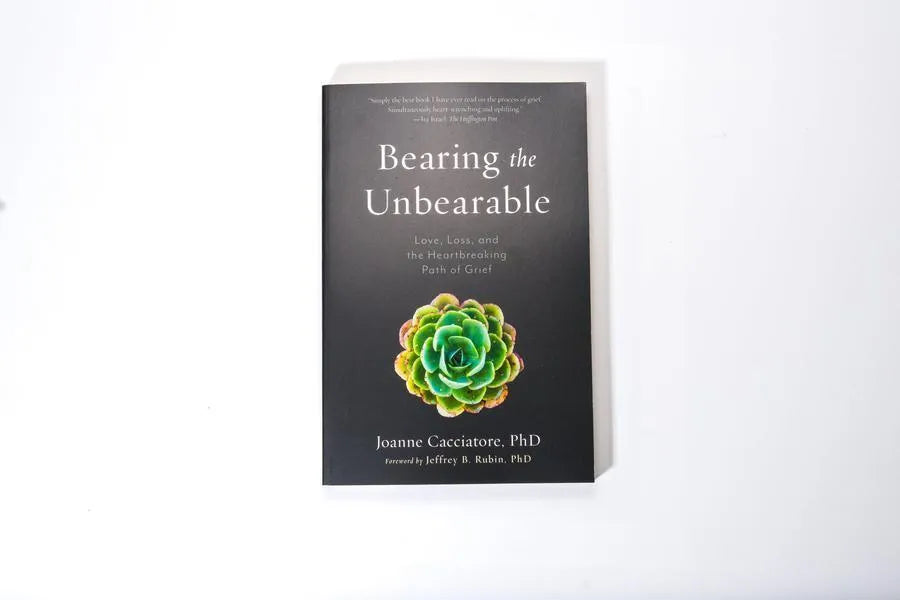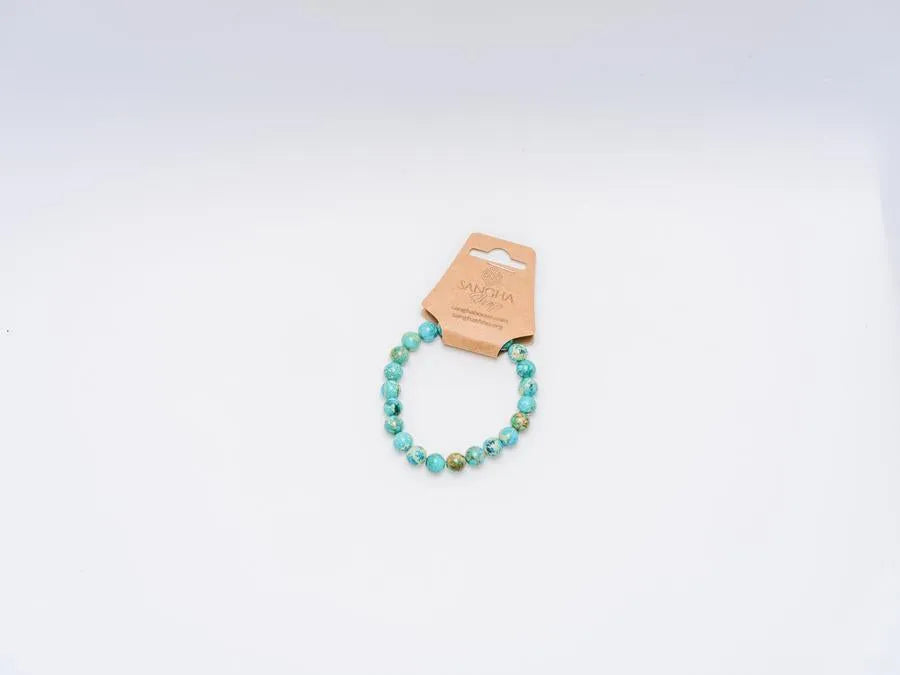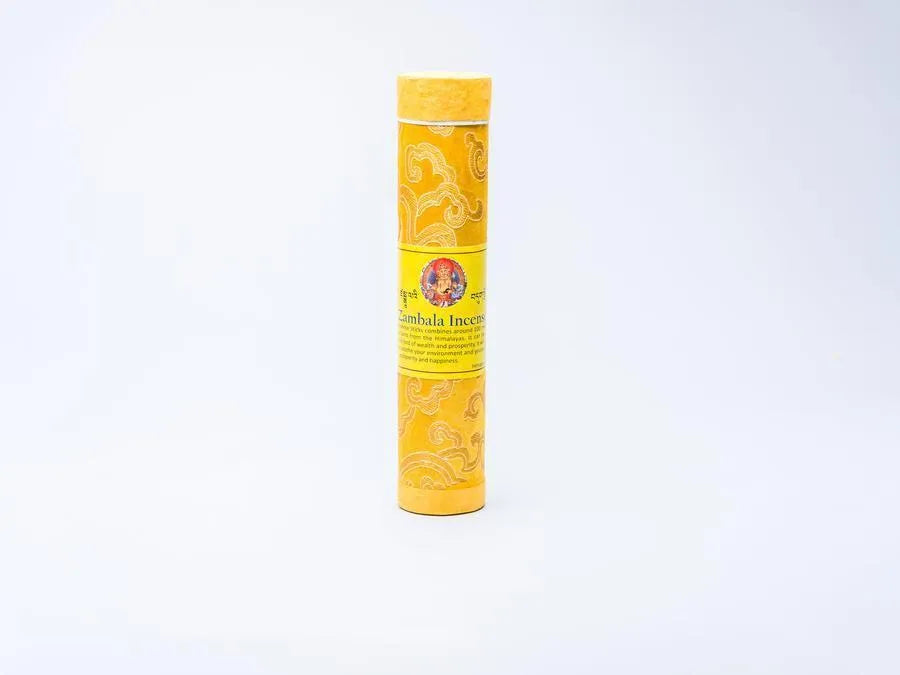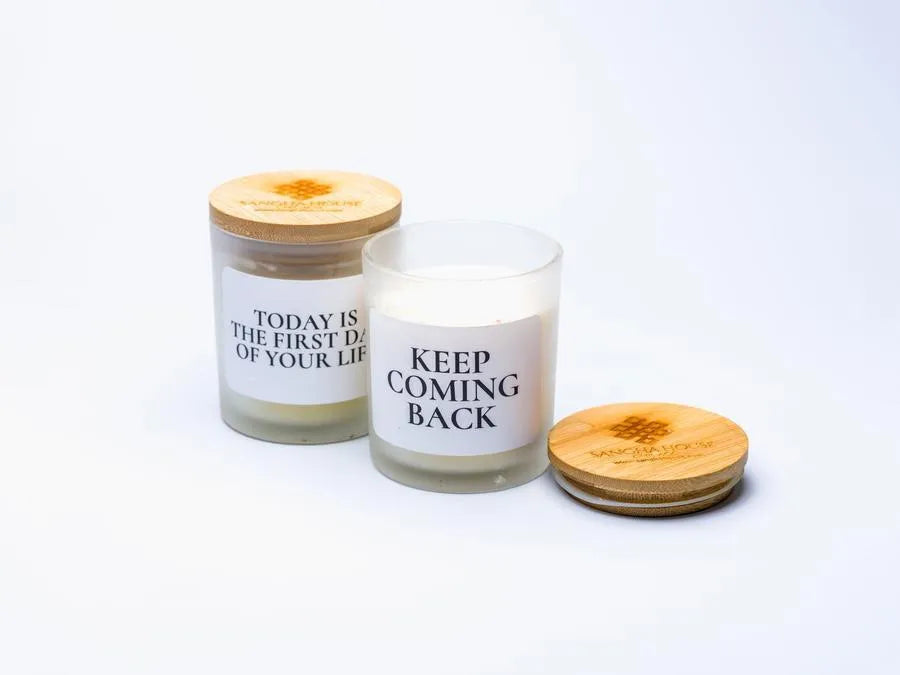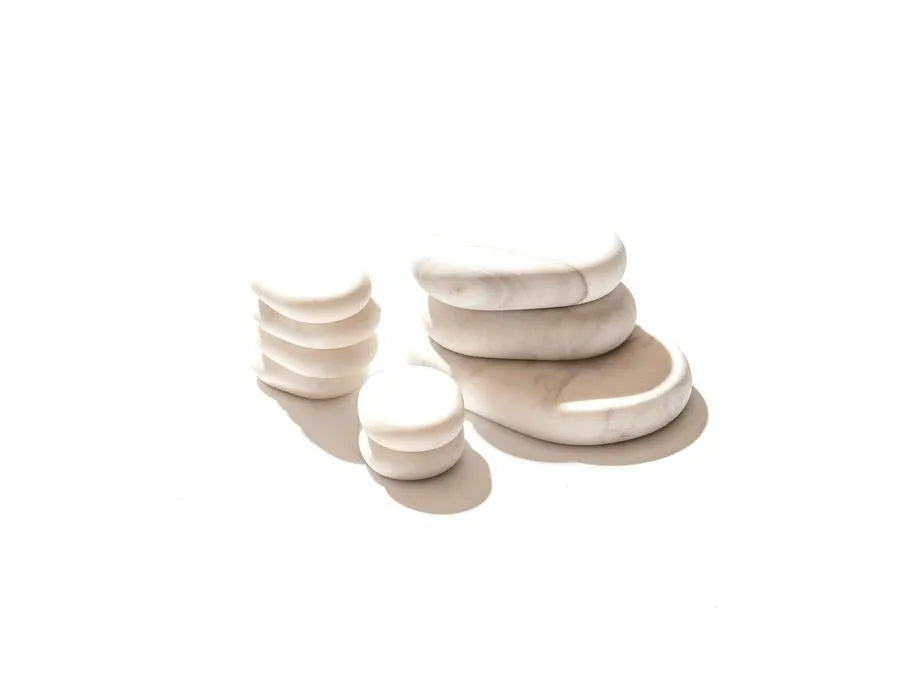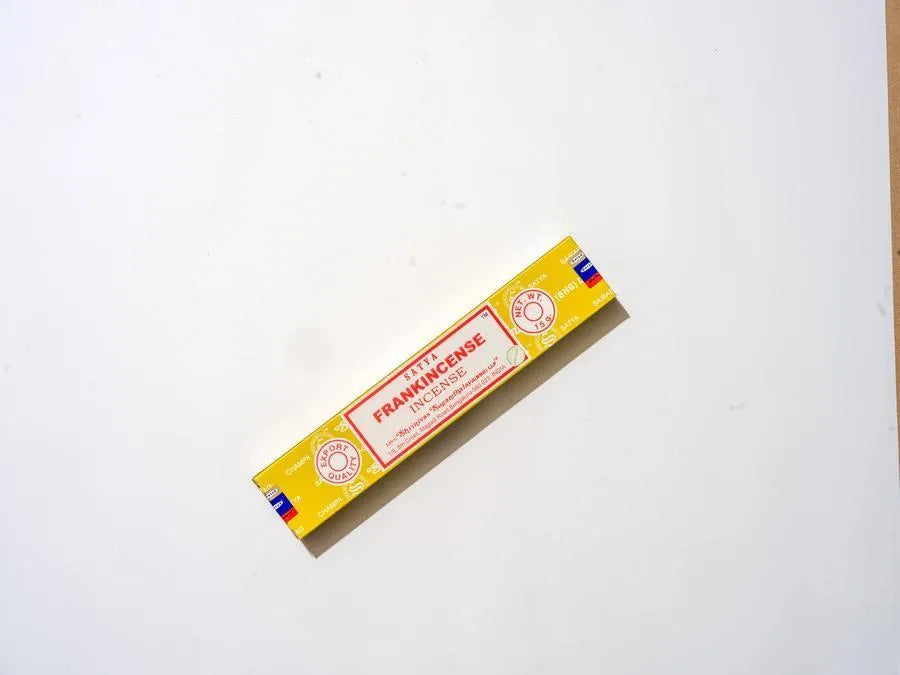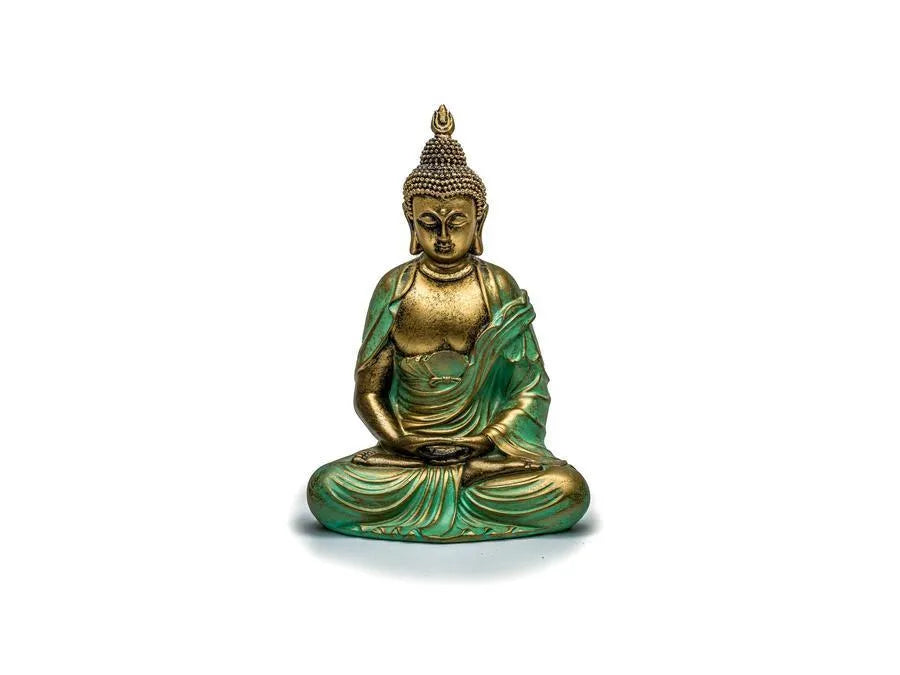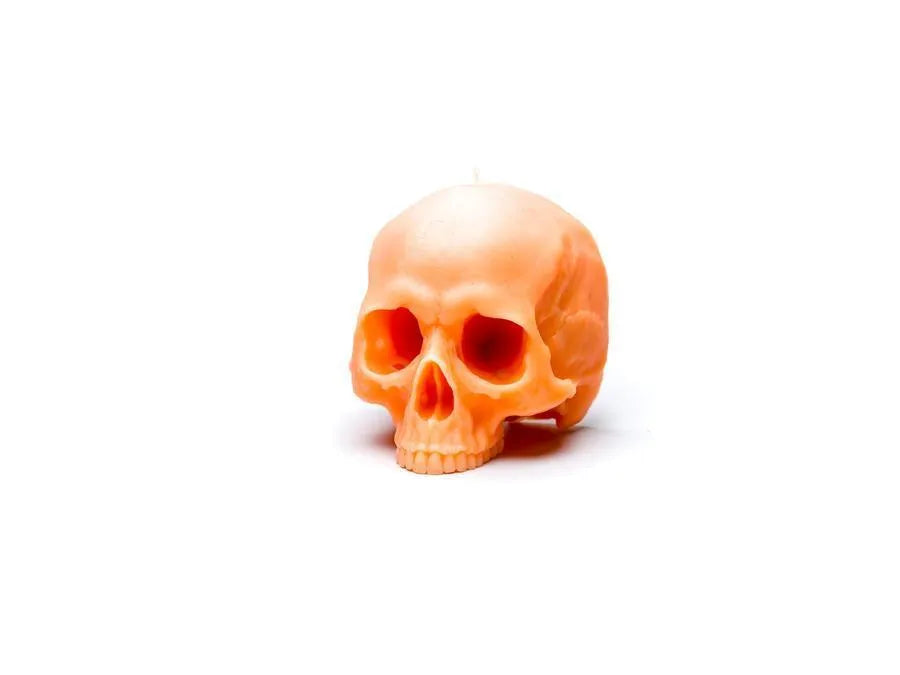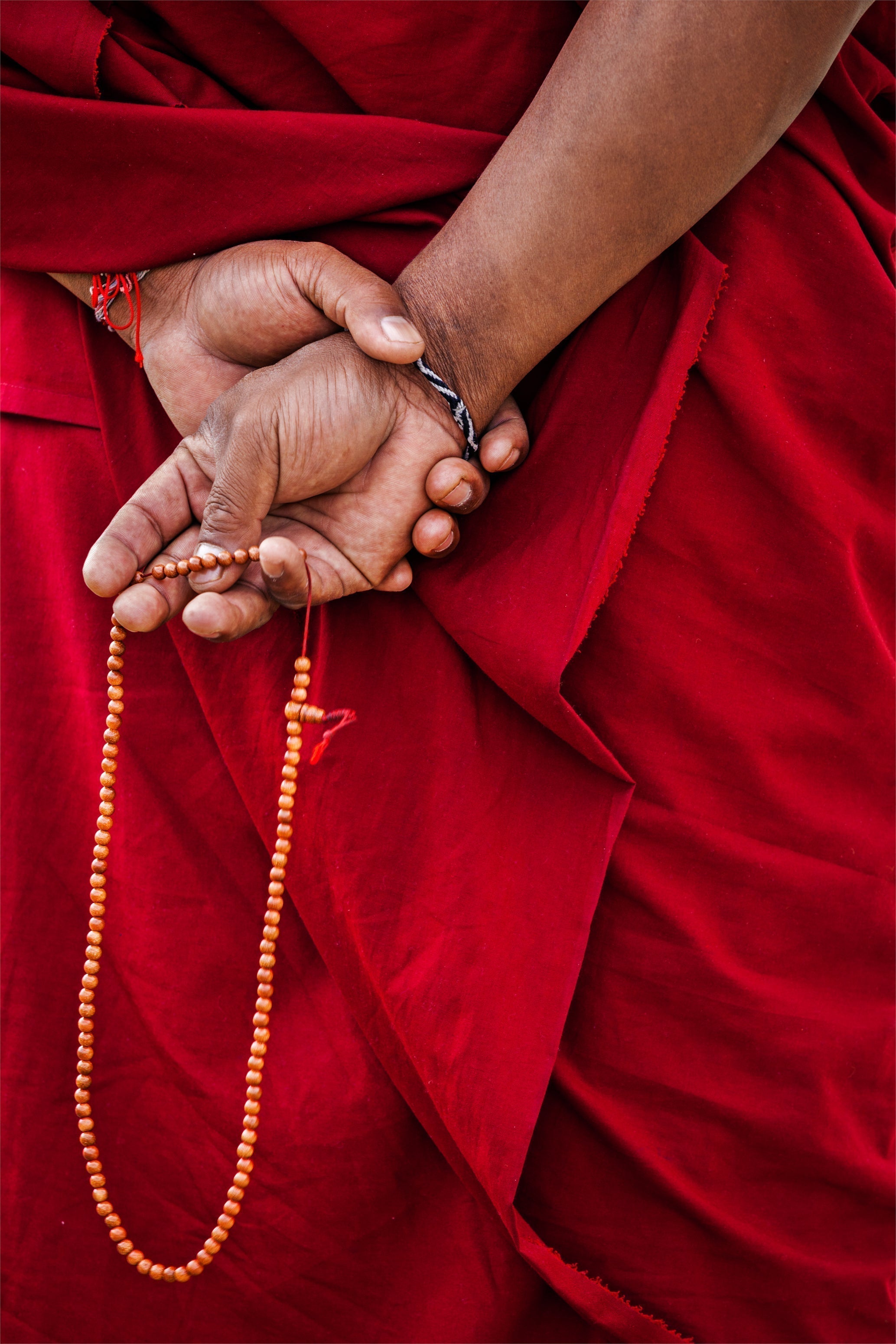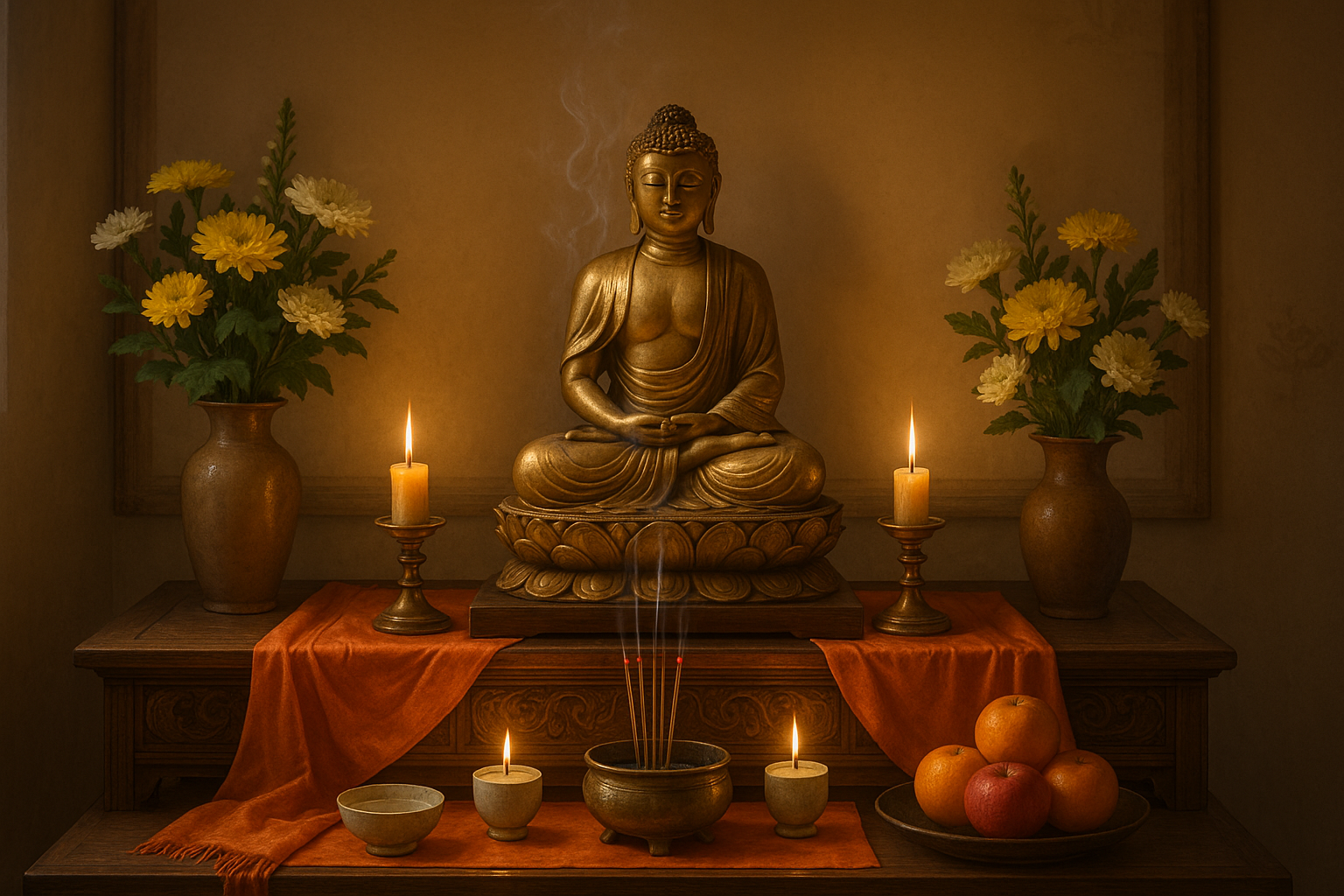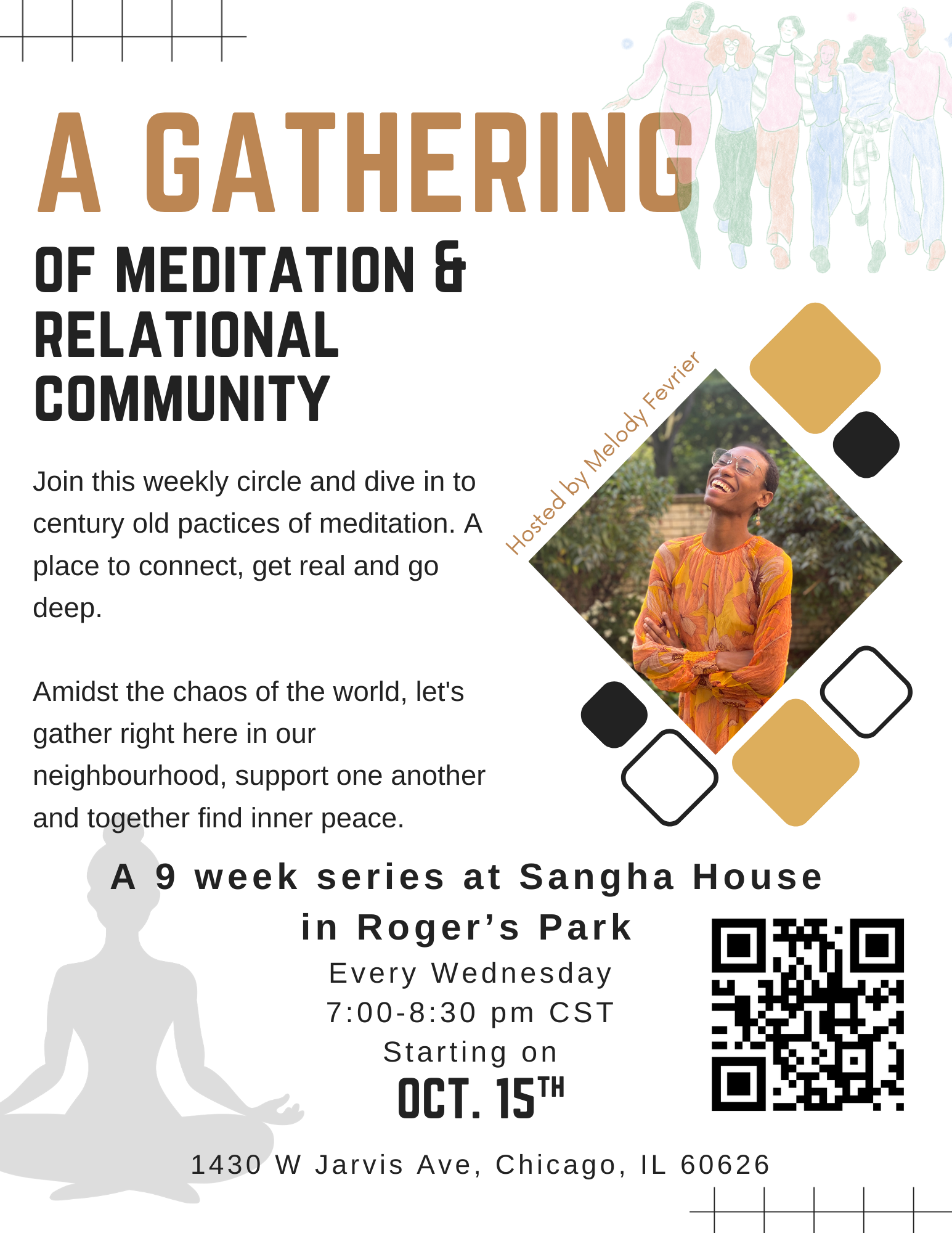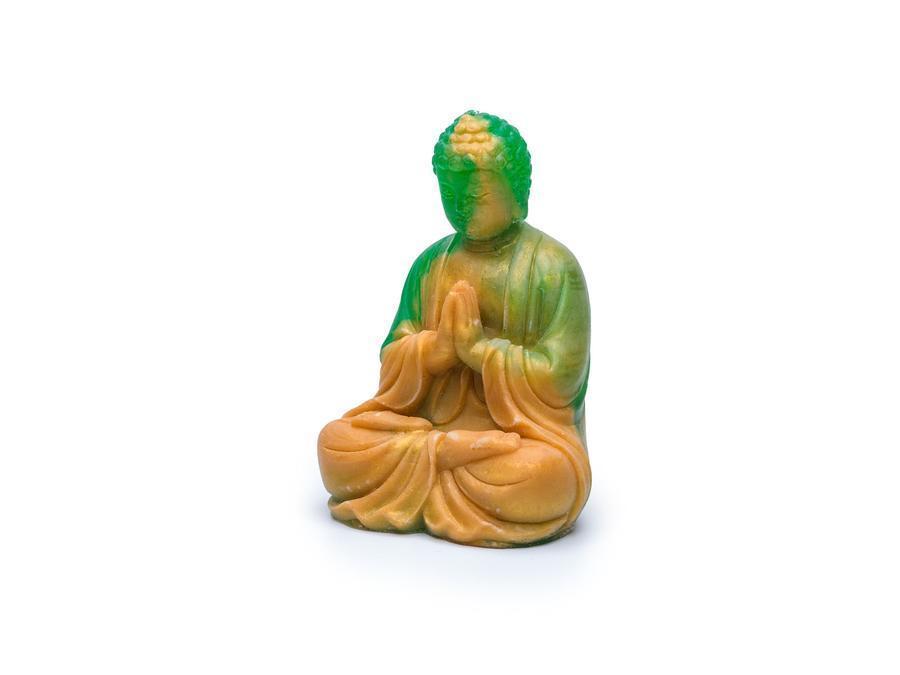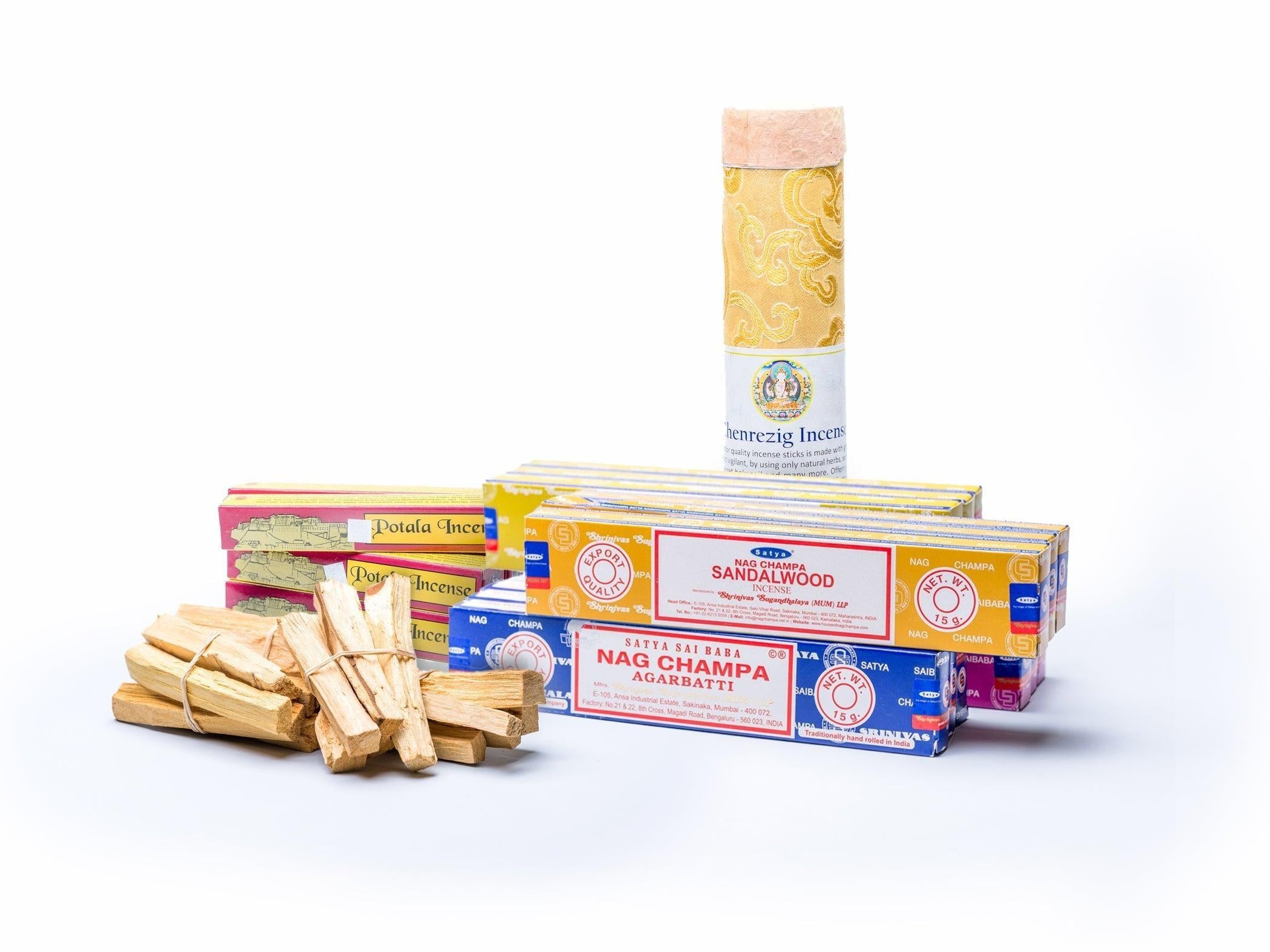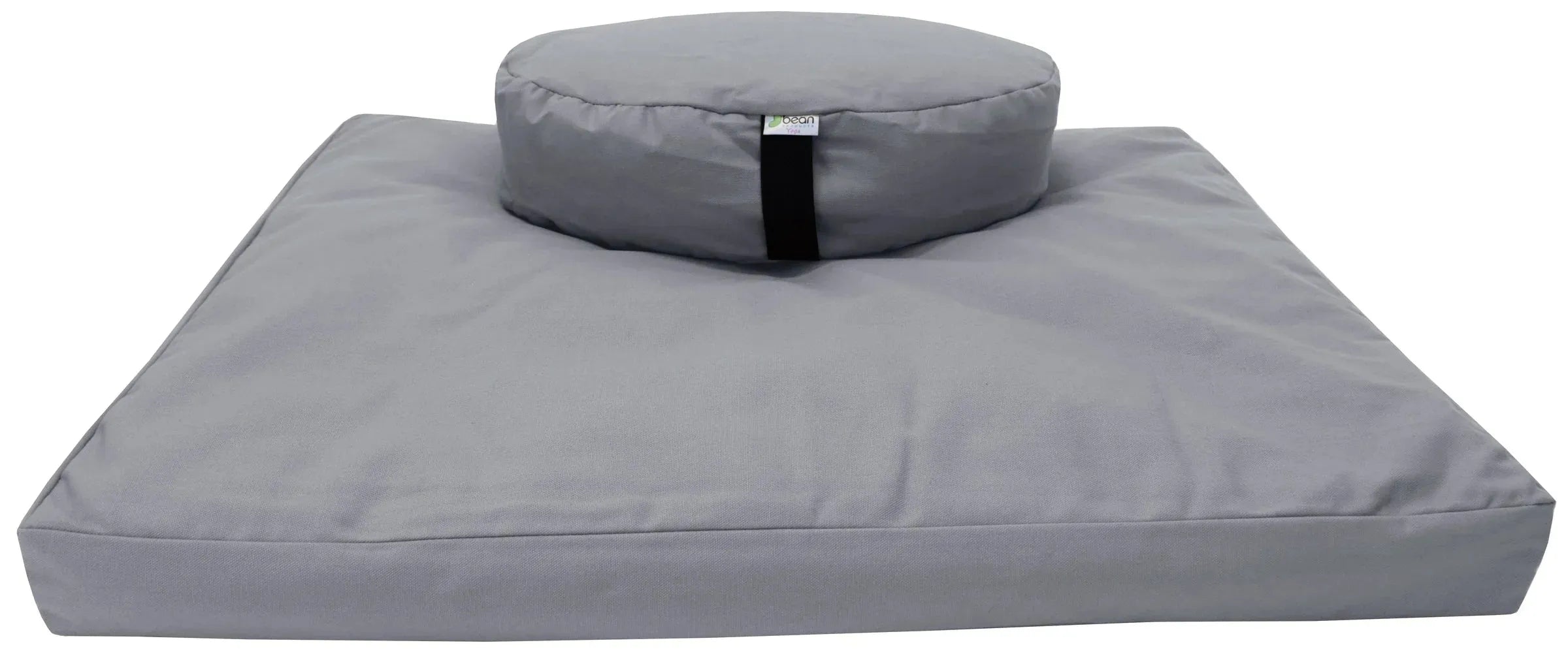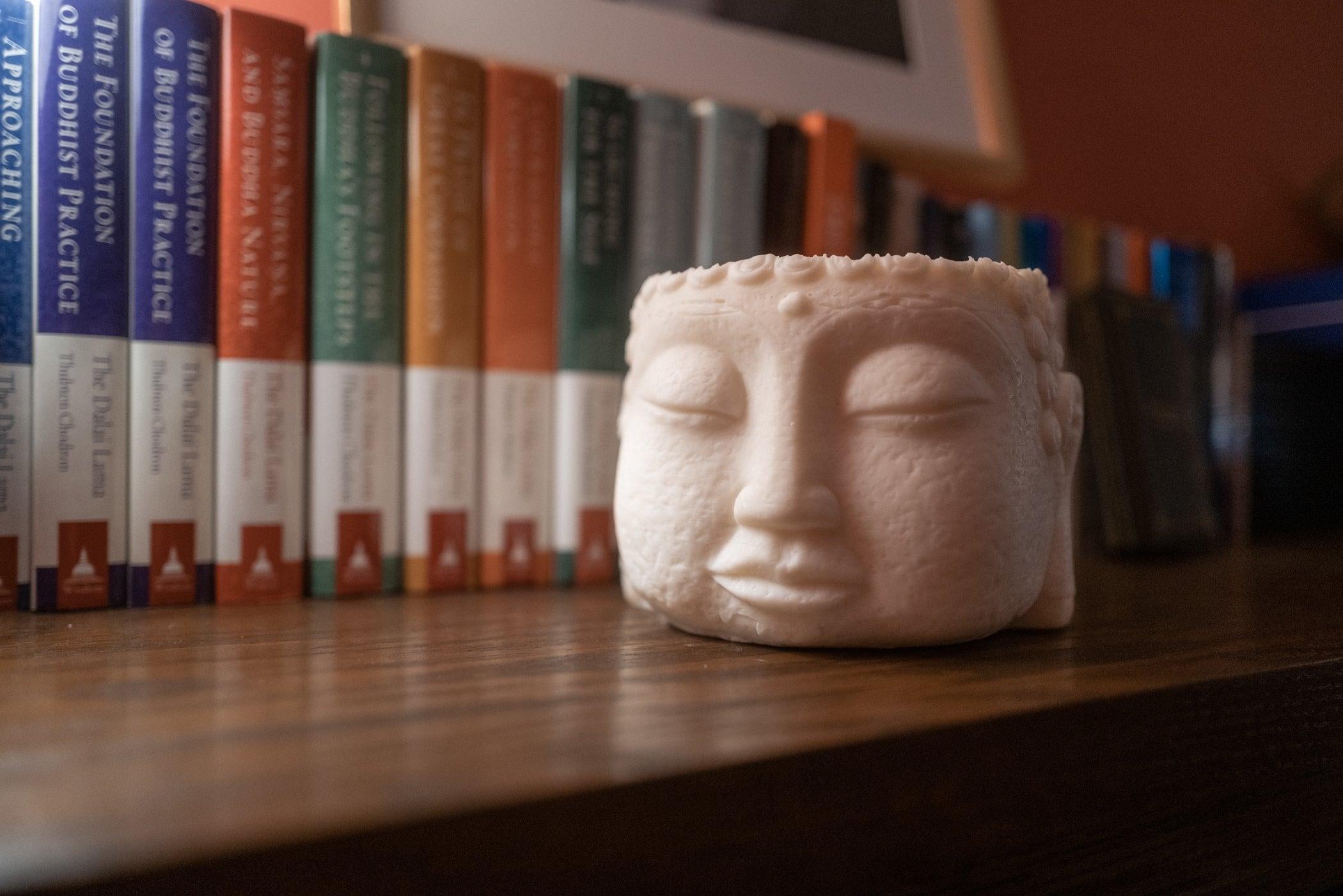There’s something powerful about holding a mala in your hands. The weight of it. The rhythm of the beads moving between your fingers. The quiet repetition of a sacred phrase that seems to echo somewhere deeper than your own voice.
For centuries, Buddhist mala beads have been used as tools for mindfulness, prayer, and transformation — a bridge between stillness and intention. Whether you’re new to meditation or deepening your practice, learning to use a mala is a beautiful way to anchor awareness in the present moment.
At Sangha Shop, we see each mala as a work of devotion — handcrafted with care by the Sangha House community, infused with the same mindful energy that supports our programs in meditation, recovery, and wellness.
What Is a Mala?
A mala (Sanskrit for “garland”) is a strand of prayer beads traditionally used to count mantras during meditation. You’ll often see 108 beads, each representing a moment of awareness — 108 chances to come back to your breath, your mantra, and your heart.
Mala practice appears across Buddhist, Hindu, and yogic traditions, but its essence is universal: it helps us stay present. Each bead is like a breath — a reminder that awakening doesn’t happen somewhere else; it happens here.
🪷 Explore our Malas & Prayer Beads Collection to find handmade Buddhist malas crafted from sandalwood, rudraksha, bone, and stone.
Why 108 Beads?
There are many symbolic interpretations of the number 108. Some say it represents the number of human desires to transcend, others that it mirrors the 108 defilements that cloud the mind. In Tibetan Buddhism, it’s said to correspond to the 108 steps on the path to enlightenment.
Whatever the origin, the meaning remains simple: a mala’s 108 beads invite us to return — again and again — to stillness.
How to Meditate with a Mala
There’s no single “right” way, but here’s a traditional approach:
- Find your seat. Sit comfortably on a cushion or mat. A Zafu Meditation Cushion helps align your posture so the breath moves freely.
- Set your intention. Choose a mantra — perhaps “Om Mani Padme Hum,” the mantra of compassion, or a simple phrase like “May I be at peace.”
- Hold the mala. Drape it between your middle and ring fingers. The thumb is used to move each bead toward you as you recite your mantra.
- Begin at the guru bead. This bead is larger or marked differently — a symbol of your teacher or your highest self. Don’t cross over it; when you reach it, pause, reflect, and reverse direction.
- Breathe, repeat, release. With each bead, recite your mantra once. Let the rhythm of your voice and breath carry you.
You might burn a little Tibetan incense or light a candle before you begin — not as a ritual requirement, but as a sensory cue that you’re entering sacred time.
Choosing Your Mala
Each mala carries its own energy, its own story. The one that feels right to you often has something to teach you.
- Rudraksha Malas — Known as the “tears of Shiva,” grounding and protective. See our Authentic Rudraksha Mala.
- Sandalwood Malas — Naturally fragrant and calming; ideal for mindfulness or compassion practice.
- Turquoise Malas — Believed to bring healing and clarity; symbolic of sky and water.
- Yak Bone Malas — Traditionally used in Tibet to remind practitioners of impermanence and compassion for all beings.
Whether you’re drawn to smooth gemstones or rustic bone, let your intuition guide you. You’re not just selecting an accessory — you’re choosing a practice partner.
Caring for Your Mala
Your mala will age beautifully with time — the oils from your hands darkening the beads, the cord softening with each use. Treat it with care and reverence.
- Store it on your altar or in a clean pouch when not in use.
- Avoid letting others handle it during practice — it’s personal, imbued with your energy.
- If it breaks, don’t worry. In Buddhist tradition, that’s considered auspicious — a sign that a cycle of karma has been completed.
To cleanse it energetically, place it under moonlight, smudge it with incense, or simply rest it near your meditation cushion with a quiet prayer of gratitude.
Building Ritual Around Your Practice
Meditating with a mala is a form of art — slow, simple, alive. If you’d like to build a deeper routine, consider creating a small ritual space:
- Light a candle or butter lamp.
- Offer a bowl of water or a flower.
- Sit on your cushion and let the world fall away for a few moments.
These gestures help the body remember what the mind forgets — that presence is always available, no matter where you are.
🪶 Find what you need to support your practice in our Meditation Tools Collection — from handmade cushions to incense holders and altar offerings.
Bringing It Home
When used with sincerity, a mala becomes more than 108 beads — it becomes a map. Every mantra, every touch of a bead, leads you closer to your own stillness.
At Sangha Shop, each mala is made by hand — by residents, volunteers, and friends at Sangha House. Every purchase helps sustain our meditation and recovery programs in Rogers Park, Chicago.
So as you hold your mala, know that your practice is part of something larger — a community dedicated to healing, awareness, and compassion.

